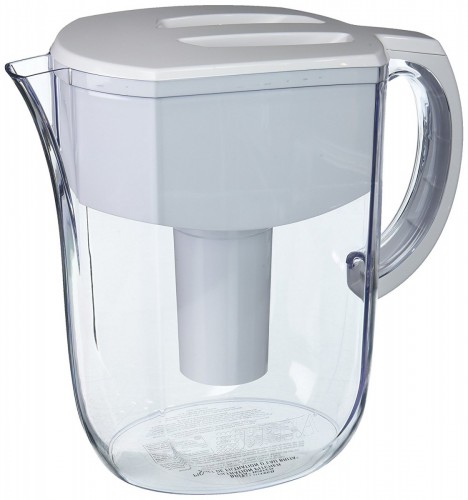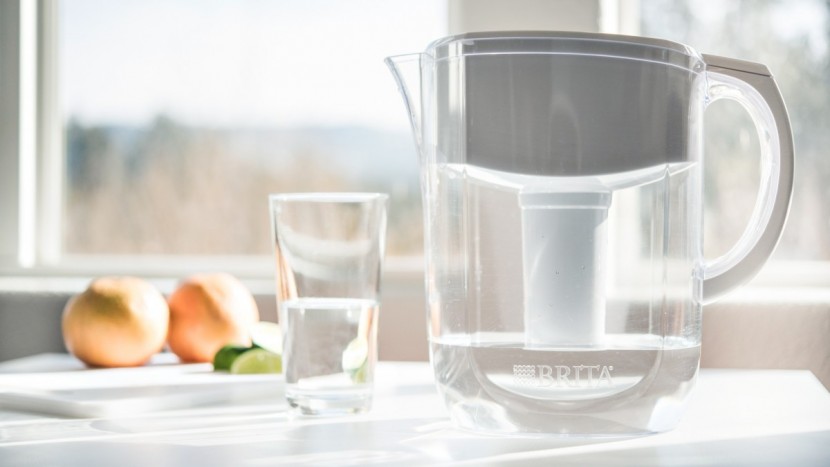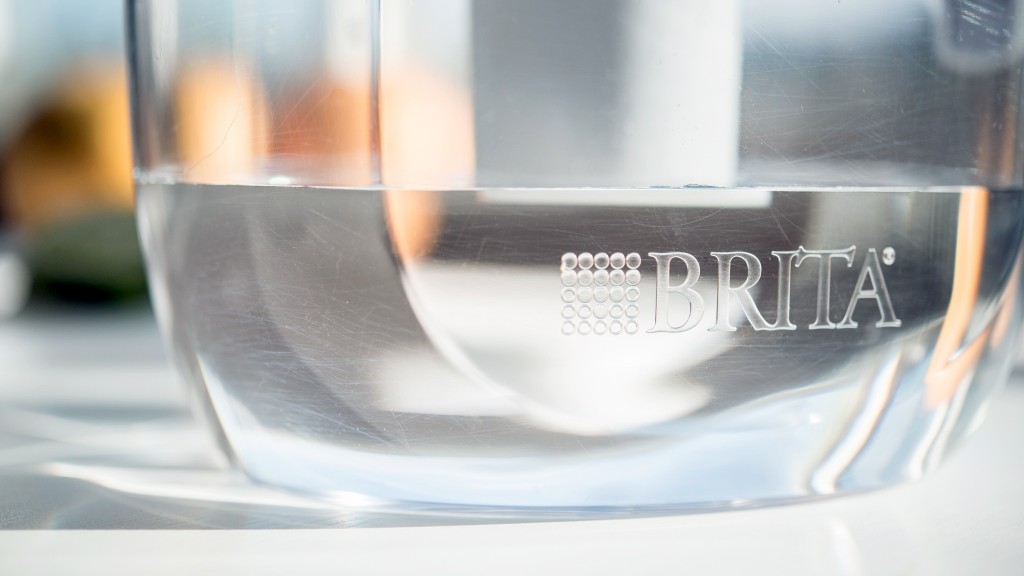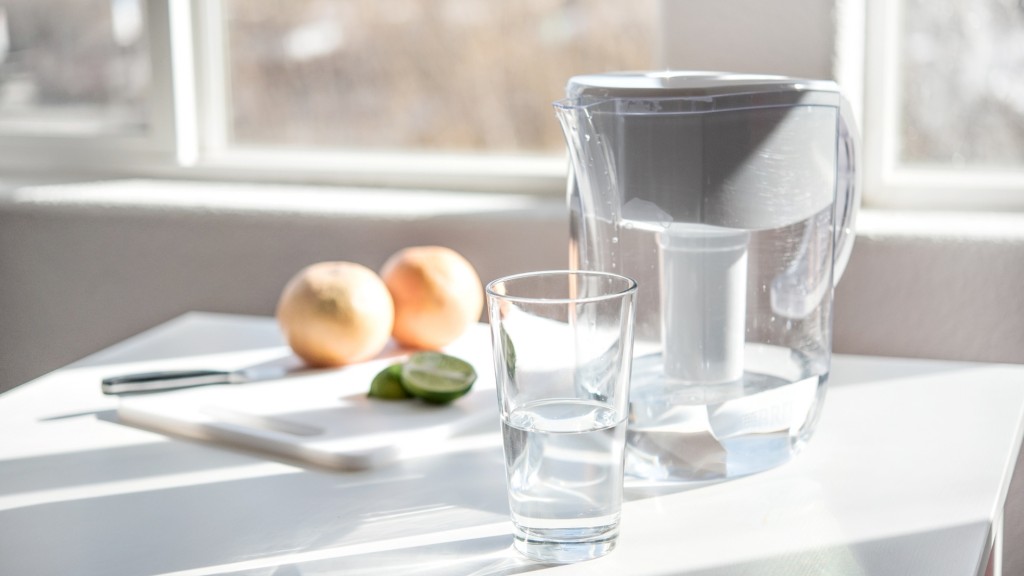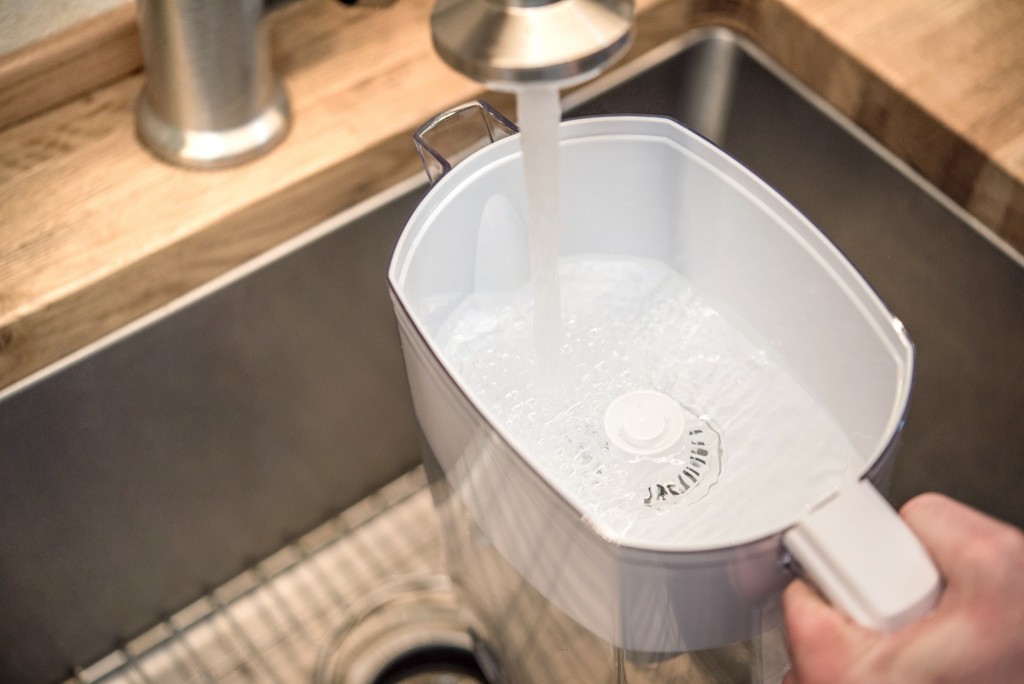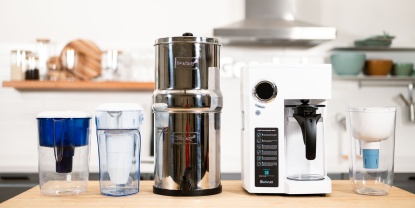Brita Everyday Pitcher Review
Our Verdict
Our Analysis and Test Results
This filter finished at the back of the group overall, behind the Woder 10K-Gen3 and the PUR Classic FM-2000B. All of these models failed to remove enough lead in our tests to produce filtered water that met the EPA standards and delivered an abysmal performance in our mineral removal tests. This trio all did a decent — not amazing — job at extracting chlorine. Regardless, all of these filters are severely outperformed by the ZeroWater Pitcher, which retails for a comparable price to the Brita and the PUR and significantly less than the Woder.
Lead Removal
For the first of our impurity removal metrics, we looked at the efficacy of each filter at removing heavy metal from water, namely lead. We used lead fragments dissolved in peracetic acid to make our water supply have very high levels of lead — over a hundred times higher than what is considered to be safe by the EPA when measured by a lab — and filtered it through the Everyday Pitcher. The lab results show that the Brita Pitcher only removed about 83.5% of the lead, leaving the filtered water with lead levels that were well above the EPA standard. This uninspiring performance earned the Brita a 3 out of 10 when it came to lead removal.
Chlorine Removal
The Brita Everyday did a little better when it came to removing chlorine, earning a 7 out of 10. We based this off the results of two trials, one with highly chlorinated water and one with much lower levels, using test strips and an electronic TDS (Total Dissolved Solids) meter to measure the concentration before and after. The Brita didn't really do well with the highly chlorinated water, with the water completely saturating the test strips both before and after filtration. However, it did redeem itself a bit with the less chlorinated water, dropping the levels to around 1 ppm from 20-50 ppm.
Salt Removal
The Brita again delivered a relatively dismal performance, earning a 1 out of 10 for its poor showing. We dissolved a decent amount of salt in the water supply for each filter, until it reached decently high concentrations, then had each product filter the water and tested the results. Our TDS meter registered levels around 450 ppm for the supply and the same for the filtered water produced by the Brita, meaning it essentially failed to remove any of the dissolved salt.
Taste
For our taste test, we had a panel of experienced water taste testers — judges who have been drinking water almost their entire lives — evaluate and score the filtered water created by each product in two different trials, without knowing which filter produced it, to ensure impartiality. In the first trial, we ran already clean and purified water through each water filter, to determine if there were any undesirable flavors added by the filter. The Brita did very well in this test, with the resulting water tasting just as great as it did going in.
For the second trial, we mixed up a solution of much less tasty water using chlorine bleach and salt. The Brita Pitcher didn't do quite as well with this assessment, with the filtered water being quite unpalatable to the majority of our judges. This earned the Brita Everyday a 6 out of 10 overall for its performance.
Flow
For this last metric, we looked at the flow rate of each product, scoring each filter on how long it took to fill up a quart container. The Brita finished with a 5 out of 10 for its mediocre performance. While this product does have one of the highest flow rates, being a pitcher, it couldn't completely fill up a quart container without needing to be refilled and filtering more water, which we took into account when timing. This means it took the Brita about 246 seconds to fill up the container, compared to the 9 seconds of the normal faucet.
Value
While this pitcher isn't very expensive, it's not a great value, as there are other top water filters that performed much better and cost about the same.
Conclusion
All in all, the Brita Everyday Pitcher fell far short of our expectations. While we initially thought this product had a good chance at dominating the field, it fell far short and finished in the lower half of the group. All in all, we weren't the biggest fans, finding other pitchers to be far superior.


